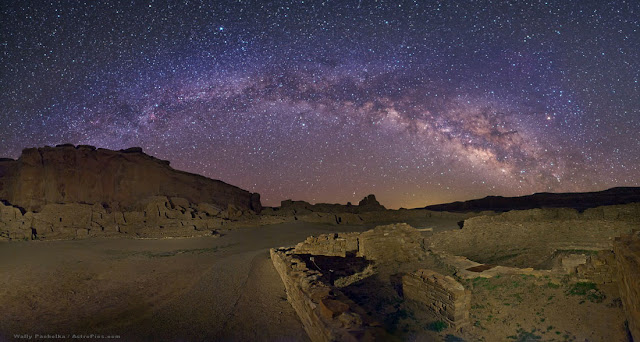Ancient Ones
I
met Palmer at Occidental in the 1960s before he became a gastroenterologist, before
he was banned from practicing medicine in three states, and before his
uncivilized behavior was eventually diagnosed as bipolar. Palmer came to college from New Mexico New Mexico
Deming
is best known for two events – the annual duck races, and a run in that
sixty-three-year-old David Eckert had with the local police that made legal
history. Two Deming police officers
pulled Eckert over for a routine traffic stop and claimed that he appeared to
have “clenched buttocks.” Suspecting
that Eckert was hiding either drugs, weapons or a secret decoder ring; the
officers managed to obtain a search warrant from a local judge based solely on
this observation. Eckert was subjected
to x-rays and eight cavity searches including a colonoscopy. No contraband was found and the clinic where
the procedures were performed billed Eckert for $6,000. Shortly thereafter, the County
of Hidalgo and the City of Deming
Dr.
Palmer returned to New Mexico in the early
1980s to work at The University of New Mexico’s teaching hospital in Albuquerque
Photo from astropics.com
I
brought my sons Michael and Marc with me one weekend and we rode with Palmer
out to the Chaco Culture
National Historical
Park Albuquerque on two-lane county roads
through southwestern panoramas to a remote canyon where sits the greatest
ancient ruins north of Mexico
The
complexes were built by the Anasazi “ancient ones” who were ancestors of
today’s Pueblo Indians. Decades, but
more probably centuries of observation, led the Anasazi to configure and erect
the sites in relationship to solar and lunar cycles. The structures were the largest standing in North America until the 1800s.
Pueblo Bonito is the largest of the fifteen sites and covers two
acres, contains over 650 rooms and features three-foot thick walls with some sections
reaching over five stories (see below).
Photo from reddit.com
Below is an artist’s rendering of Pueblo Bonito as it appeared
when completed around 1150 AD.
Photo from tour-tales.com
The walls are formed by two bearing walls set three feet apart,
each built with large flat sandstones and clay mortar. The space between the two walls is filled
with rubble. The exterior of the walls
is a veneer of small sandstones that have been pressed into the mortar. One source calculates that the timbers needed
for the fifteen sites would have meant hauling 200,000 trees from a mountain
range over fifty miles away.
Photo from summitpost.org
The park is open to visitors from sunrise to sunset but we never
saw another soul in the five hours we spent exploring the canyon. We were free to walk through the entire Pueblo
Bonito which is well preserved due to the arid climate and lack of rain. The Fajada Butte (shown below) was one area
that had been declared off limits for erosion concerns due to tourists.
Photo by Greg Russell
The Fajada Butte gives additional evidence of archaeoastronomy
at Chaco .
A trio of large rock slabs placed against the face of the butte create
narrow slits through which a sliver of light from the sun is directed onto two spirals
carved into the rock face.
Photo from Colorado.edu
This is the same use of sunlight and symbol as found in the cave
paintings at Burro Flats in the hills above Simi Valley
A possible source for the use of a symbol with concentric
circles or a spiral might be found in the night sky (see below). If the Anasazi were able to note subtle
movements of the sun and moon over a few decades, despite the lack of
time-lapse photography, could they not also have observed the movement of the
heavens during a single evening?
Photo from seedinstituteNM.org
Throughout the day we spent at Chaco Canyon Chaco Canyon
Here was a people that by all appearances had found a place
where they could form a culture based on a rational blend of science and
spirituality. The very walls they lived
within were carefully aligned with the cosmos and their structures contributed
to the overwhelming visual spectacle of the natural world that surrounded them. When every aspect of your existence is in
direct relationship to the known universe, does Maslow’s hierarchy of needs
apply? After all, self-actualization was
only a peyote button away. Walking
through Pueblo Bonita I couldn’t help but think that Maslow’s thoughts may have
been overly influenced by “modern” civilization and a Judeo-Christian work
ethic.
Dr. Palmer was in a manic state the entire day, far removed from
any thoughts of Deming.






